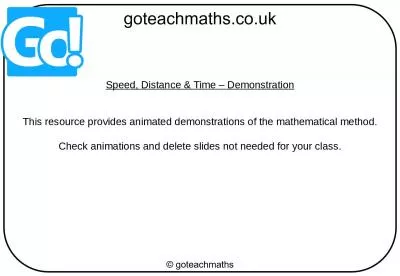PPT-Distance Education Addendums & Other Distance Education
Author : mitsue-stanley | Published Date : 2017-03-16
Wendy Bass Los Angeles Pierce College Michael Heumann Imperial Valley College Vivian Varela Mendocino College ASCCC Curriculum Institute July 2016 DE Addendum All
Presentation Embed Code
Download Presentation
Download Presentation The PPT/PDF document "Distance Education Addendums & Other..." is the property of its rightful owner. Permission is granted to download and print the materials on this website for personal, non-commercial use only, and to display it on your personal computer provided you do not modify the materials and that you retain all copyright notices contained in the materials. By downloading content from our website, you accept the terms of this agreement.
Distance Education Addendums & Other Distance Education: Transcript
Download Rules Of Document
"Distance Education Addendums & Other Distance Education"The content belongs to its owner. You may download and print it for personal use, without modification, and keep all copyright notices. By downloading, you agree to these terms.
Related Documents


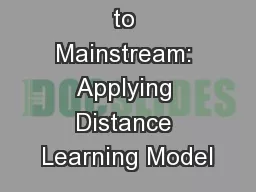
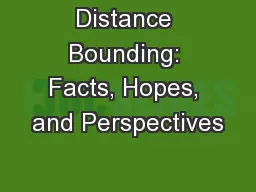
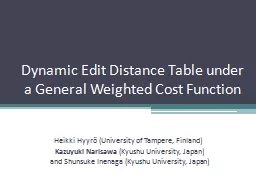
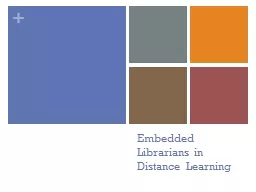
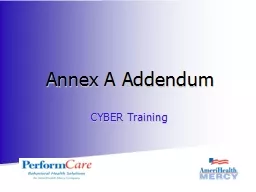
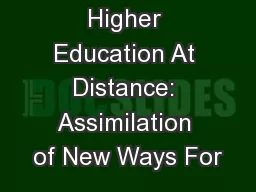
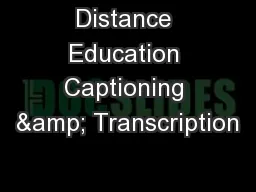
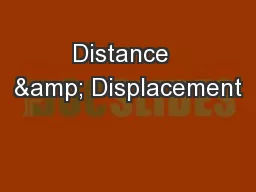
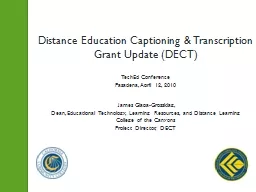
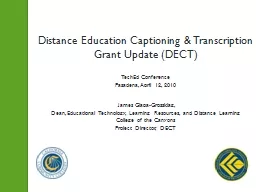
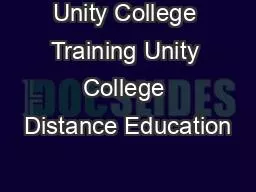
![[eBOOK]-iPad Pro: The Beginners, Kids and Expert Guide to iPad Pro 12.9 and Other VersionsThe](https://thumbs.docslides.com/986997/ebook-ipad-pro-the-beginners-kids-and-expert-guide-to-ipad-pro-12-9-and-other-versionsthe-beginners-kids-and-expert-guide-to-ipad-pro-12-9-and-other-versions-the-user-manual-like-no-other.jpg)
